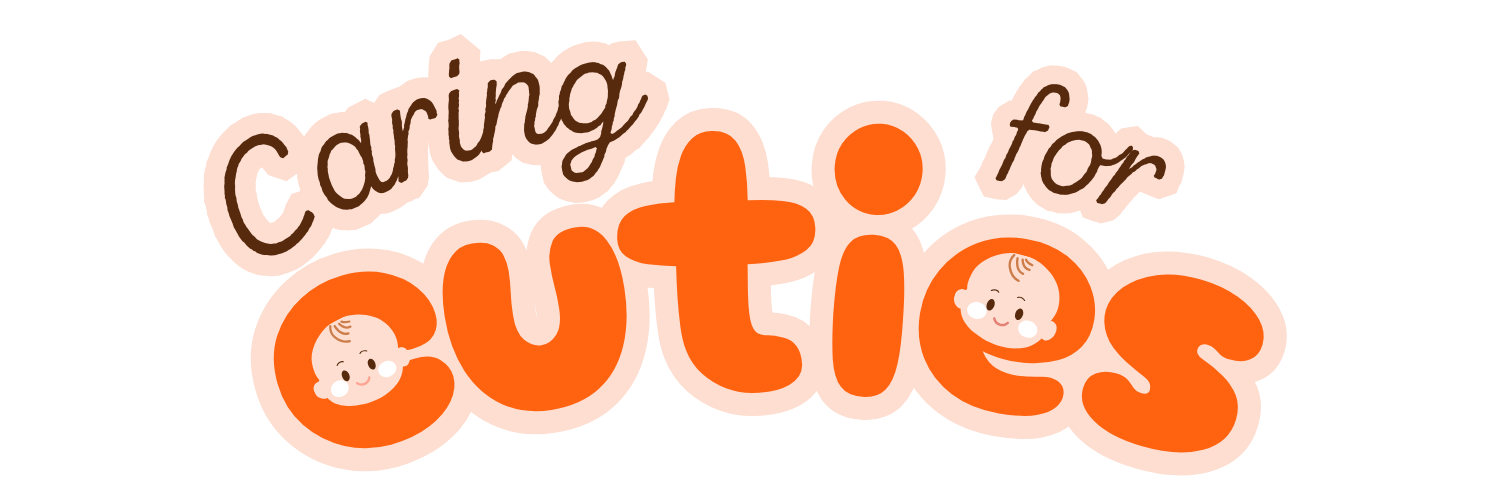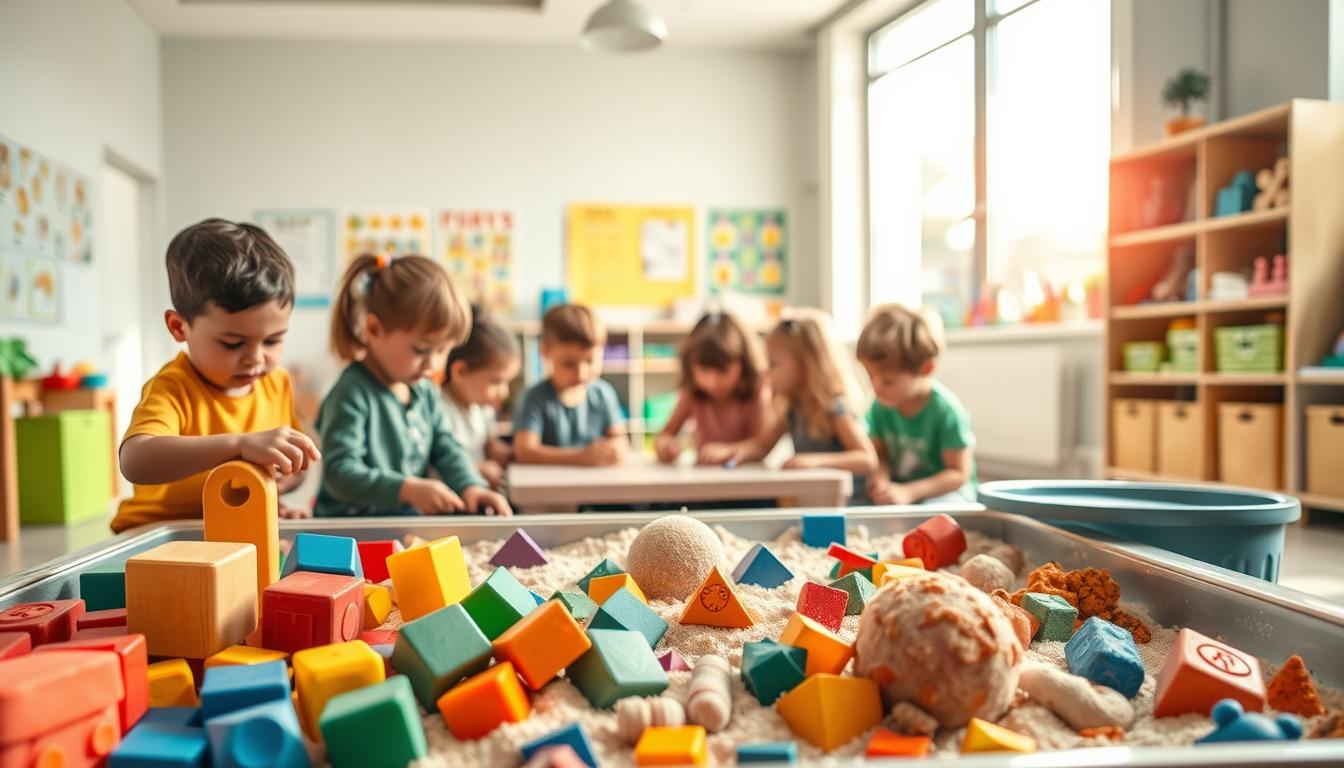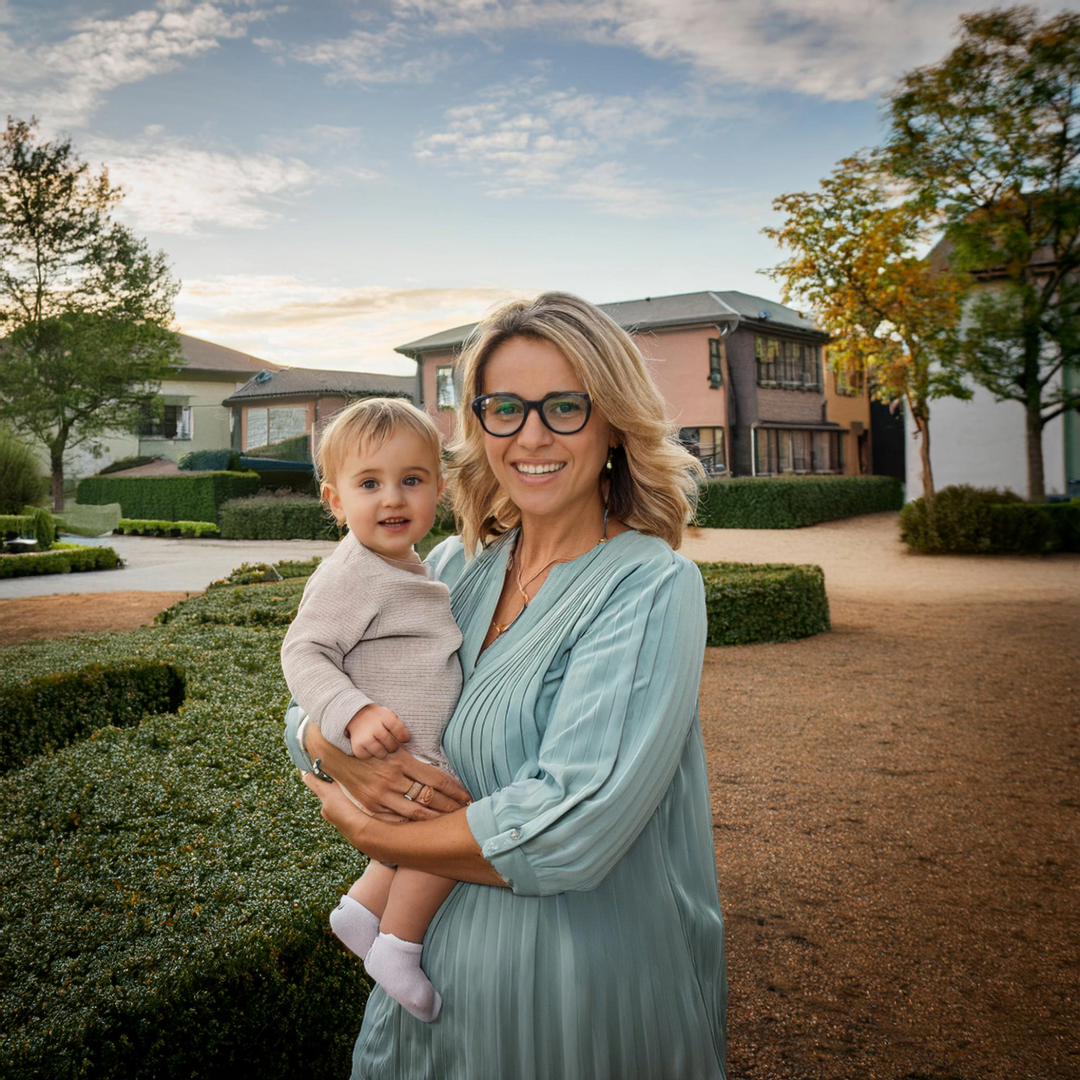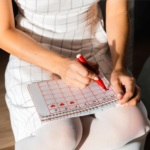Engaging young minds through hands-on activities is one of the most effective ways to nurture creativity and learning. Research shows that 93% of neural development occurs before age five, making early childhood a critical period for growth. Sensory activities are not just fun—they lay the foundation for complex tasks like problem-solving and language development.
These activities stimulate brain architecture by encouraging exploration and curiosity. From tactile experiences to imaginative play, each activity is designed to keep children engaged while fostering essential skills. This guide combines science-backed insights with practical ideas to help you create a meaningful and enjoyable learning environment.
Key Takeaways
- Sensory activities are vital for early childhood development.
- Creativity is enhanced through neural pathway formation.
- Play is a powerful form of learning.
- Long-term benefits include improved problem-solving and language skills.
- Immediate engagement is achieved through tactile experiences.
What is Sensory Play for Preschoolers?
Children discover their surroundings by engaging their senses in creative ways. This type of activity, often called sensory play, activates touch, smell, taste, sight, sound, and even motion or balance. It’s a powerful way to help kids learn about the world around them.
One of the most popular tools for this kind of exploration is the sensory bin. These bins are filled with materials like rice, water, or beans, allowing children to dig, pour, and sift. Unlike regular play, sensory activities are designed to intentionally stimulate the senses, making them more engaging and educational.
For example, finger painting offers a tactile experience that regular coloring can’t match. It encourages creativity while letting kids feel the texture of the paint. Similarly, during the mouthing phase (3-15 months), children naturally explore objects by putting them in their mouths, which is a form of sensory learning.
These activities also support multi-sensory integration, a process where the brain combines information from different senses. This helps with tasks like problem-solving and coordination. While sensory play can be messy, it’s important to create a controlled environment where kids can explore safely and freely.
Why Sensory Play is Essential for Preschoolers
From birth to age five, the brain undergoes rapid growth and transformation. This period is critical for child development, as 80% of learning occurs through sensory input. These early experiences shape the brain’s architecture, laying the foundation for complex tasks like problem-solving and language skills.
Sensory integration is the process where the brain combines information from different senses. This forms the cognitive foundation needed for focus, self-regulation, and school readiness. Think of sensory experiences as brain nutrition—they fuel growth and development.
Studies show that children in sensory-rich environments often have higher IQ scores. These environments help kids understand their world, build emotional security, and develop essential skills. On the flip side, sensory deprivation can lead to delays in learning and emotional challenges.
Creating opportunities for sensory exploration is essential. It’s not just about fun—it’s about preparing children for lifelong success. By engaging their senses, we help them build the tools they need to thrive.
Benefits of Sensory Play for Preschoolers
Exploring the world through hands-on activities helps children grow in unique ways. These experiences are more than just fun—they build essential skills that last a lifetime. From problem-solving to social interaction, the benefits sensory play offers are vast and impactful.
Enhances Cognitive Development
Activities like texture sorting and water displacement teach pattern recognition and cause-effect relationships. These tasks strengthen cognitive development by encouraging critical thinking. For example, scent associations can improve memory formation, helping kids retain information better.
Improves Fine and Gross Motor Skills
Manipulating dough or pouring water builds hand strength and bilateral coordination. These actions are crucial for developing fine motor skills, like the pincer grasp needed for writing. Balance and coordination also improve through activities like sensory paths.
Boosts Language and Social Skills
Descriptive words like “gritty” or “viscous” expand vocabulary, while shared stations encourage teamwork. Studies show a 45% vocabulary boost in sensory-rich classrooms. Emotional literacy grows as kids label their reactions to different textures, fostering better communication.
| Skill Area | Activity Example | Benefit |
|---|---|---|
| Cognitive Development | Texture Sorting | Pattern Recognition |
| Motor Skills | Dough Manipulation | Hand Strength |
| Language/Social | Shared Sensory Stations | Cooperative Play |
Top 7 Sensory Play Activities for Preschoolers
Hands-on exploration is a fantastic way to spark curiosity and learning in young children. These activities are designed to engage multiple senses, making them both fun and educational. Below are seven creative ideas to try at home or in the classroom.
1. Homemade Sensory Bins
Create a sensory bin using colored rice, beans, or pasta. Add measuring cups, spoons, and small toys for added fun. This activity helps with fine motor skills and encourages imaginative play. Safety tip: Supervise closely to prevent small items from being swallowed.
2. Finger Painting Fun
Use yogurt-based edible paints for a mess-free experience. Kids can explore colors and textures while developing creativity. This is perfect for younger children aged 2-3. Pro tip: Lay down a wipe-clean surface for easy cleanup.
3. Play Dough Exploration
Enhance play dough by adding cinnamon or essential oils for a sensory boost. This activity strengthens hand muscles and promotes focus. Older kids (4-5) can use cookie cutters or molds for added complexity.
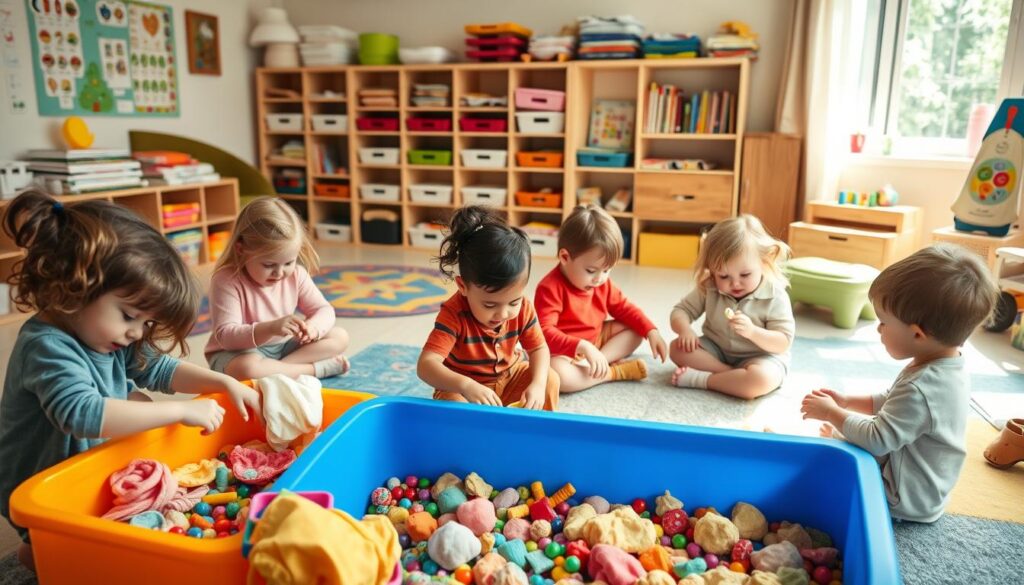
4. Water Play with Scented Additions
Add lemon or peppermint extracts to water for a refreshing twist. Include floating toys for added engagement. This activity is great for improving coordination and understanding cause and effect. Safety note: Always supervise water play.
5. Nature Texture Collage
Collect bark, leaves, and pinecones to create a texture collage. Use glue sticks to assemble the pieces. This activity encourages creativity and introduces kids to natural textures. It’s ideal for outdoor settings.
6. Shaving Cream Sensory Play
Spread shaving cream on a wipe-clean surface and let kids mix in food coloring. This activity is excellent for color recognition and tactile exploration. Tip: Use unscented shaving cream for sensitive skin.
7. Edible Sensory Activities
Make taste-safe mud using cocoa powder and cornstarch. This activity is perfect for younger children who still explore with their mouths. It’s a safe way to introduce new textures and tastes. Safety reminder: Ensure all ingredients are allergen-free.
These activities are not only engaging but also support essential developmental skills. Tailor them to your child’s age and interests for the best results.
How to Set Up a Sensory Play Environment
Creating a well-organized space for hands-on exploration can make a big difference in a child’s learning experience. A dedicated environment encourages focus and curiosity while minimizing distractions. Here’s how to design a space that works.
Start with the right materials. A 16″x24″ plastic bin is ideal for a sensory bin. It’s large enough for exploration but compact enough to fit in most spaces. Fill it with items like rice, beans, or sand to provide variety and texture.
Rotate the contents of your bins regularly to maintain novelty. This keeps kids engaged and excited about exploring. Use storage containers to organize messy materials like shaving cream or water beads.
Lighting is another key factor. Natural light is best, but colored lamps can add a fun twist. For floor protection, use shower curtains or mats to contain the mess. This makes cleanup easier and keeps the area safe.
Design sensory zones to incorporate all seven senses. Include stations for touch, smell, taste, sight, sound, balance, and movement. Adjust the setup for accessibility, ensuring all children can participate comfortably.
| Element | Recommendation | Benefit |
|---|---|---|
| Bin Size | 16″x24″ Plastic Bin | Compact and Spacious |
| Floor Protection | Shower Curtains/Mats | Easy Cleanup |
| Lighting | Natural or Colored Lamps | Enhances Focus |
By optimizing the environment, you create a space where children can explore freely and safely. A well-designed setup supports learning and makes every activity more enjoyable.
Safety Tips for Sensory Play
Ensuring a safe environment is crucial for effective learning and exploration. Parents and caregivers must prioritize safety to make activities both fun and secure. Here are essential tips to create a risk-free space for your child.
First, always check for choking hazards. Use the choke test standard—no items smaller than 1.25 inches. This prevents accidental swallowing and keeps your child safe during playtime.
When using edible materials, consider food allergies. Always verify ingredients and avoid common allergens like nuts or dairy. This ensures a safe experience for all kids.
Sanitize reusable materials regularly. Clean bins, toys, and tools with child-safe disinfectants to prevent the spread of germs. This is especially important for shared items.
Water activities require constant supervision. Never leave a child unattended near water, even in shallow containers. This reduces the risk of accidents and ensures a safe environment.
Check the temperature of heated or cooled items before use. Avoid extremes that could harm your child’s skin. Always test with your hand first.
For scenting, use diluted essential oils. Strong scents can overwhelm kids, so opt for mild, child-friendly options. This adds a sensory element without irritation.
Finally, prepare for emergencies. Keep an eye flush station nearby when using powders or liquids. This ensures quick action if something gets into your child’s eyes.
By following these safety guidelines, you can create a secure and enjoyable space for exploration. A well-planned setup minimizes risks and maximizes the benefits of hands-on learning.
What If Your Child Doesn’t Like Sensory Play?
Not every child enjoys hands-on exploration, and that’s okay. About 15% of children experience sensory sensitivity, making certain textures or environments overwhelming. Recognizing this is the first step to finding solutions that work for your little one.
Start by observing signs of tactile defensiveness, such as avoiding sticky or gritty materials. Gradual exposure techniques, like introducing textures through a “texture ladder,” can help. Begin with familiar items and slowly introduce new ones to build comfort.
For those who dislike mess, try mess-free alternatives like Ziploc painting. This allows kids to explore colors without direct contact. Tool-mediated play, using tongs or brushes, can also reduce discomfort while still engaging their senses.
Storytelling with props is another great option. Use textured fabrics or objects to bring stories to life. Weighted lap pads can provide grounding for children who feel overwhelmed, helping them focus and relax.
If challenges persist, consider collaborating with an occupational therapist. They can provide tailored strategies to support your child’s unique needs.
| Alternative | Description | Benefit |
|---|---|---|
| Ziploc Painting | Mess-free color exploration | Reduces tactile discomfort |
| Tool-Mediated Play | Using tongs or brushes | Minimizes direct contact |
| Sensory Storytelling | Props with textures | Engages imagination |
| Weighted Lap Pads | Provides grounding | Improves focus |
Every child is different, and finding the right approach takes patience. By offering alternatives, you can create a positive and inclusive environment for learning and growth.
Conclusion
Helping children grow through hands-on exploration is both rewarding and impactful. These activities build essential skills like problem-solving, creativity, and language. Research shows that daily sessions can lead to 200% more neural connections, setting the stage for school readiness.
Remember, a little mess equals big learning progress. Start with just 15 minutes a day to make a lasting difference. For easy ideas, check out our printable guides linked below.
We’d love to hear your experiences! Share your favorite sensory play moments in the comments. Together, we can empower parents as the best teachers for their children’s development.
